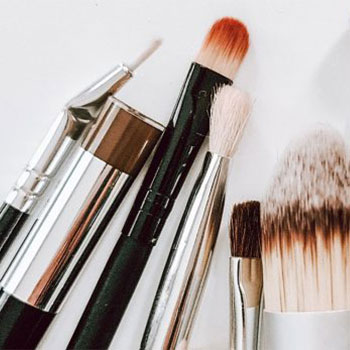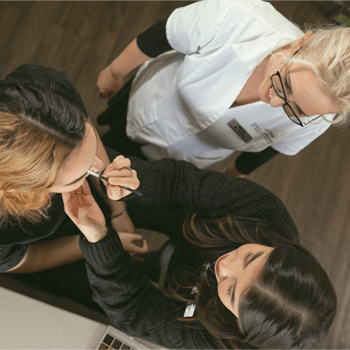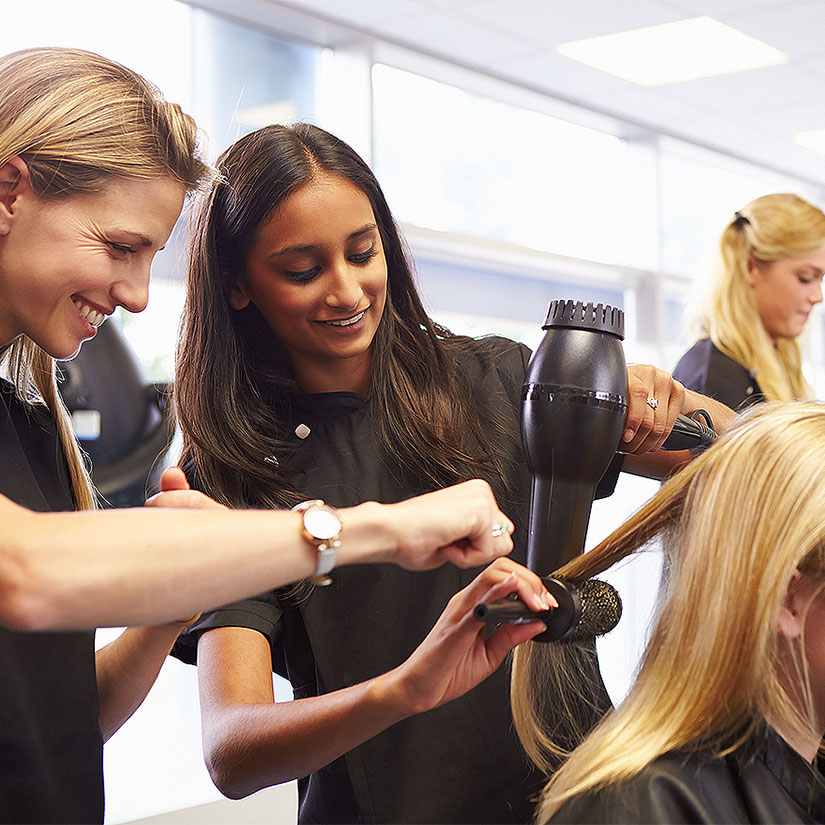As you start learning more about makeup, you might hear people refer to “color theory.” Especially if you’re relatively new to the concept of makeup design, color theory might not be something you know much about. However, color theory is crucial when you’re creating makeup designs. From start to finish, you’ll use color theory at every step as a makeup artist. Here’s what you need to know about color theory’s impact on your makeup.
The Basics of Color Theory

If you want to understand how color theory might impact your makeup choices, you first need to understand what color theory is. There are two main elements of color theory: the inherent qualities of certain colors and the ways in which you can combine colors.
- Types of Colors
The first thing to learn about color theory has to do with the different types of colors. One element you might want to consider is whether a color is a cool color or a warm color. So-called “warm” colors include red, orange and yellow, whereas so-called “cool” colors include blue, green and purple. On a color wheel, you’ll see that the warm colors are all together and the cool colors are all together.
It’s also important to know the difference between primary, secondary and tertiary colors. The primary colors are red, yellow, and blue. Secondary colors are any colors that you can get by combining any two primary colors. Tertiary colors are colors that you get by combining a primary and secondary color.
- Combining Multiple Colors in a Single Look
How can you know that you’re combining the right colors to make sure an outfit or makeup job looks phenomenal? Color theory will be a crucial element of this. The concept of creating “pleasing arrangements” may be called “color harmony,” and it’s part of color theory. Rather than just relying on a single color, consider these ways of combining colors.
- Complementary schemes use colors that are directly opposite each other on the color wheel.
- Analogous schemes use colors that touch each other on the color wheel.
- Monochromatic schemes utilize one hue in multiple shades.
- Triad schemes use three colors separated equally across the color wheel.
- Split-complementary schemes use one main color and two contrasting colors that are to each side of the main color’s complement.
Creating a Makeup Look

With all this information, you can create a makeup look you’ll be proud of. The key is to ensure you’re pairing makeup colors that look great on their own in a way that looks good with the person’s skin tone. Individuals also have either cool or warm tones; cool skin tones have a blue undertone, whereas warm skin tones have a red undertone.
This is one of the reasons it can be so complicated to create a makeup look. It’s also one of the reasons that just following online tutorials isn’t necessarily enough to create something that you’ll love. Color theory is an important point for makeup artists because it allows them to personalize makeup looks for every individual.
A Cohesive Overall Look
Not only do you have to think about the makeup you’re giving someone, but you also want to make sure the person’s makeup looks great with the rest of their outfit. This is one of the reasons many people do makeup work for special events and for the big screen. When you know the rest of someone’s outfit, you’re more likely to be able to create the best look.
Conclusion
Color theory is hugely impactful when it comes to makeup. Not only do you have to make sure you’re creating the best makeup look in isolation, but you also have to consider the person’s skin undertone and the rest of the person’s outfit. That’s why a high-quality esthetics program should cover color theory as well as makeup application. When you go through the esthetics program at Tricoci University of Beauty Culture, you’ll get a complete education in everything you need for professional makeup application, including color theory.





